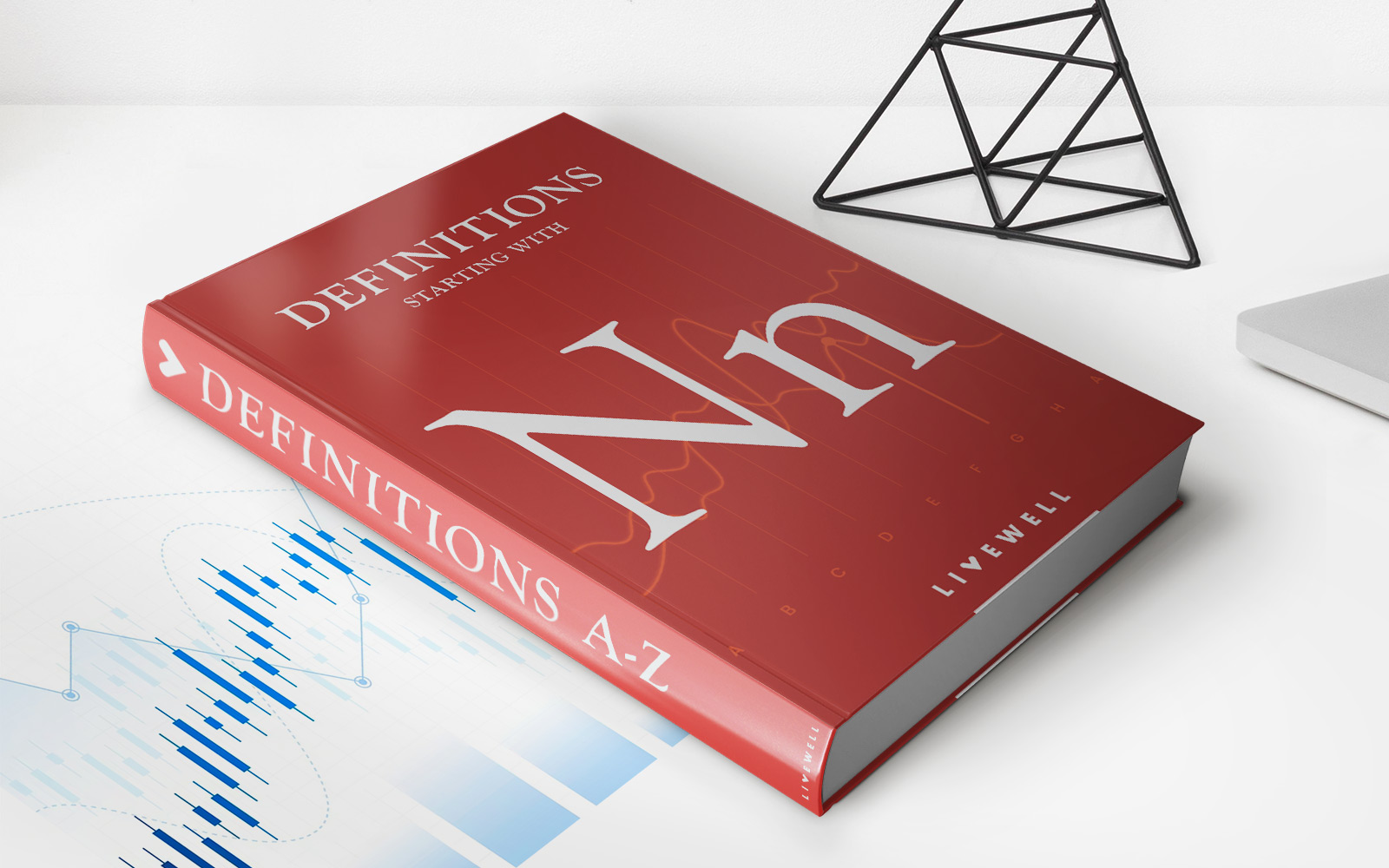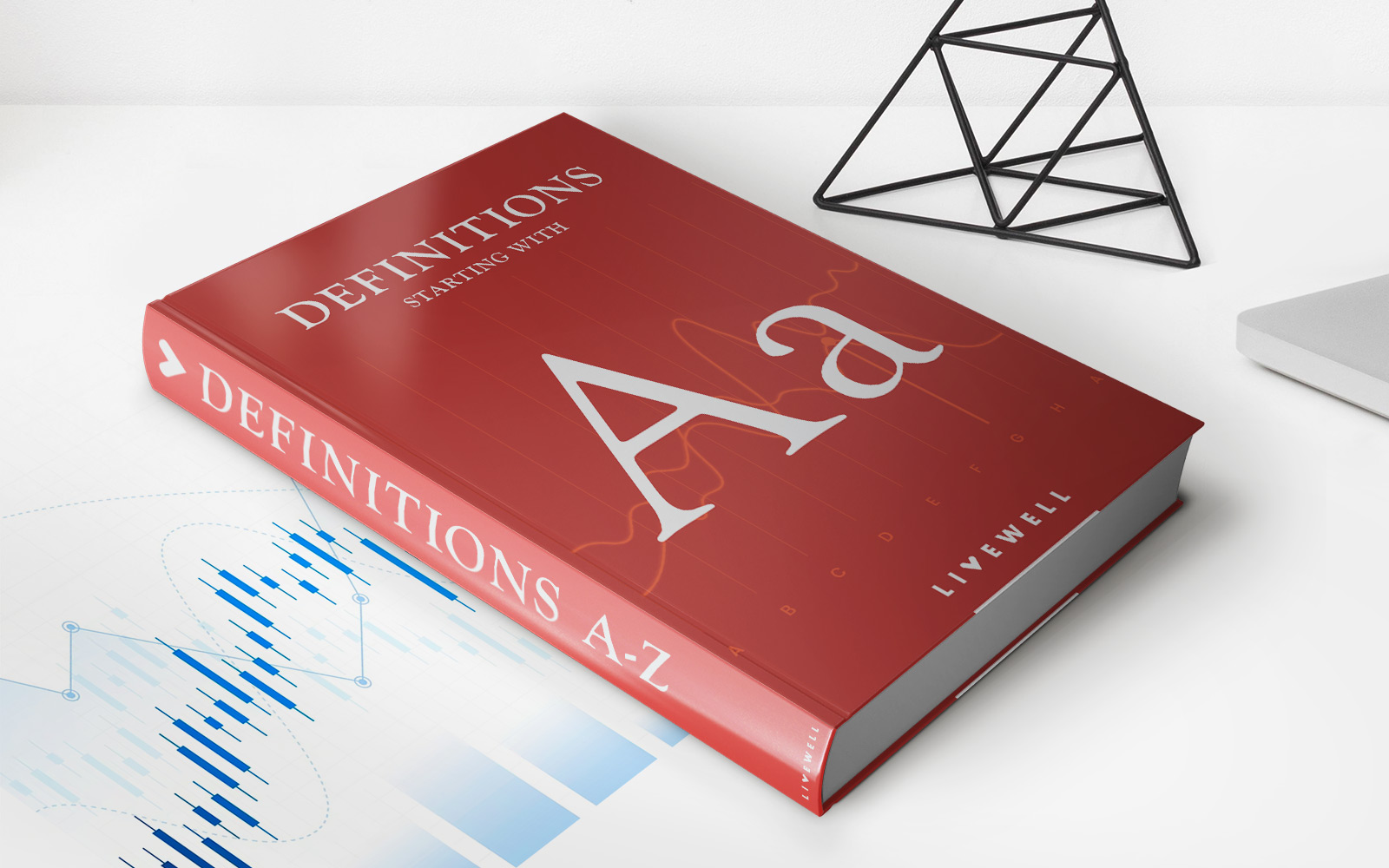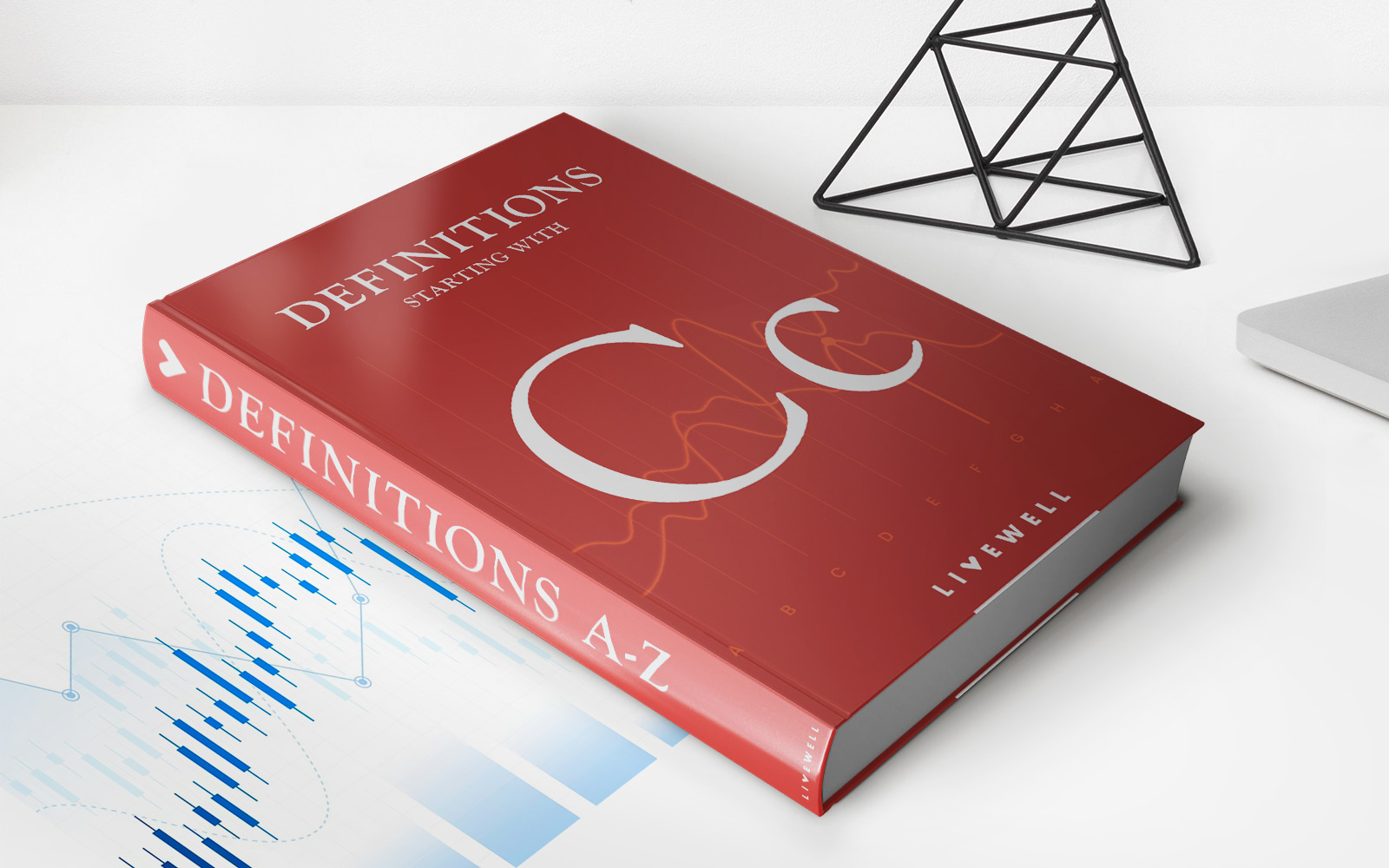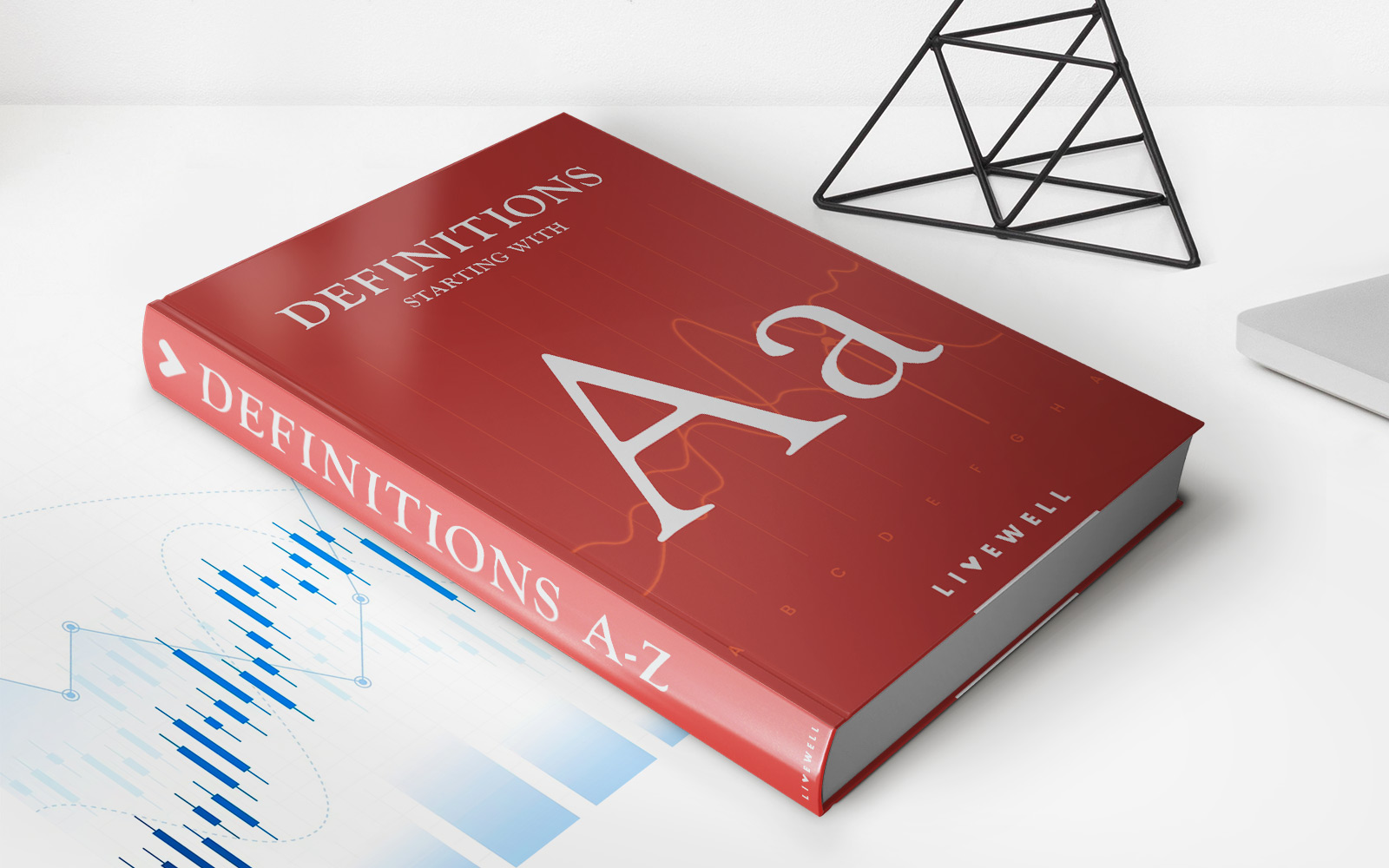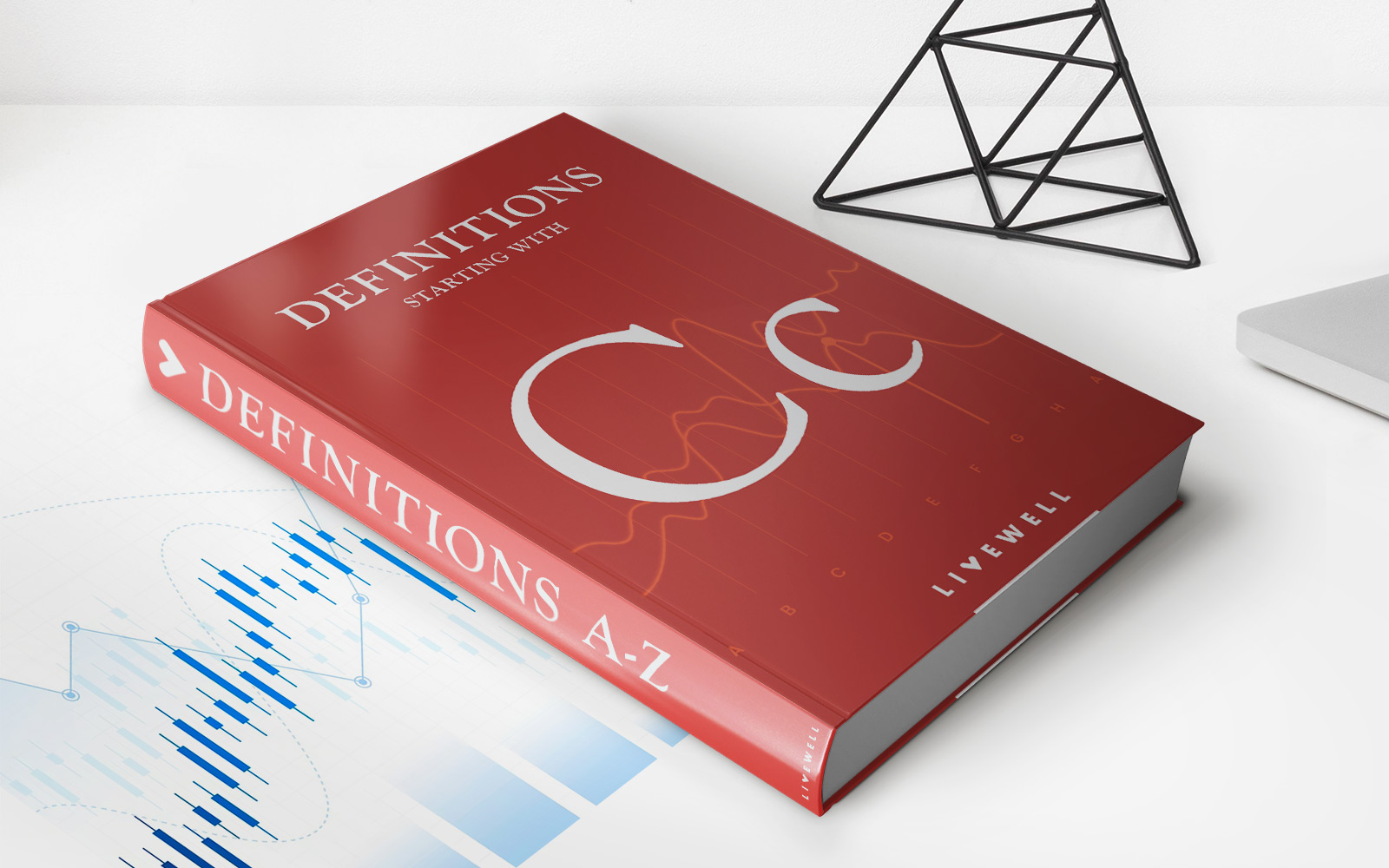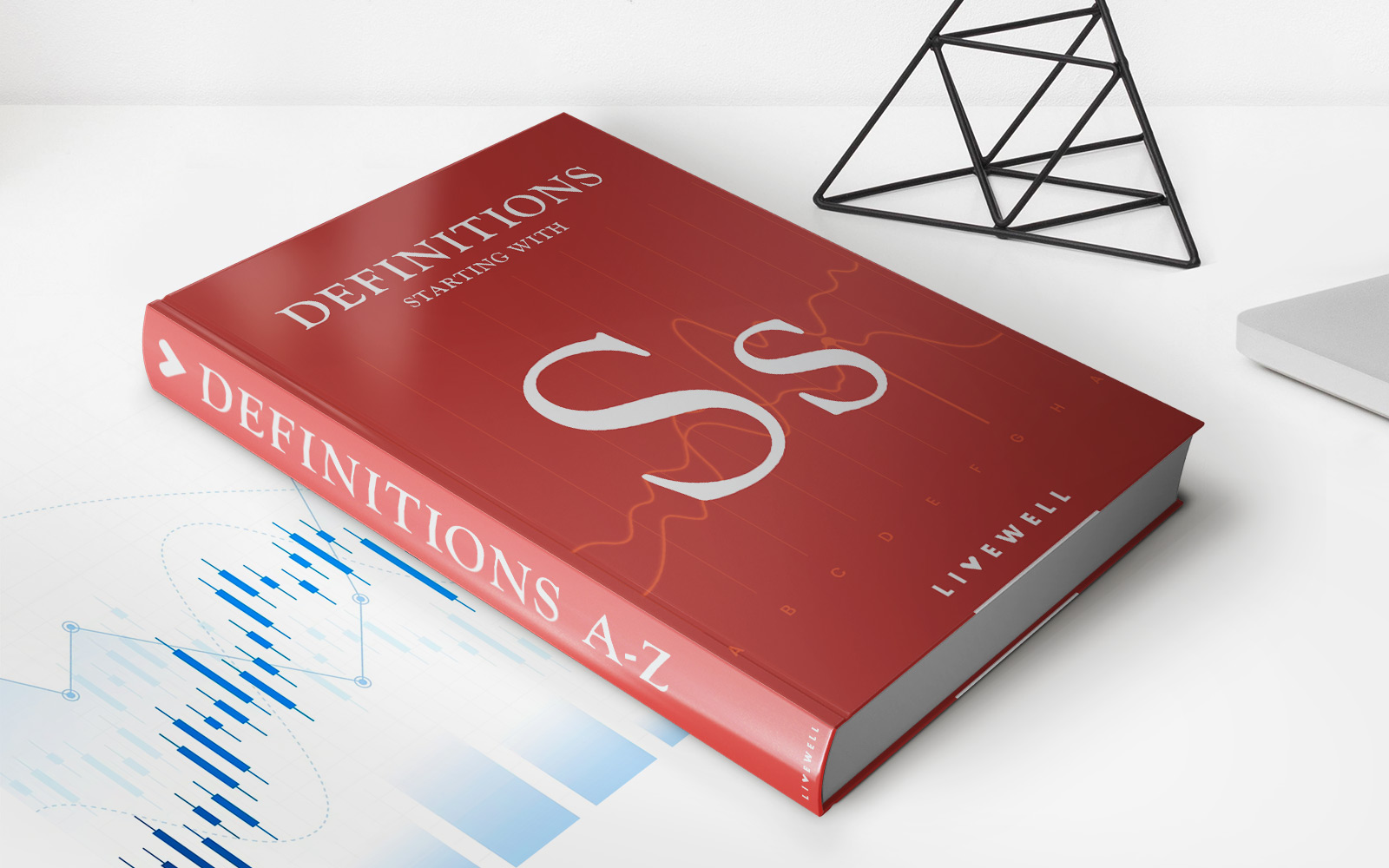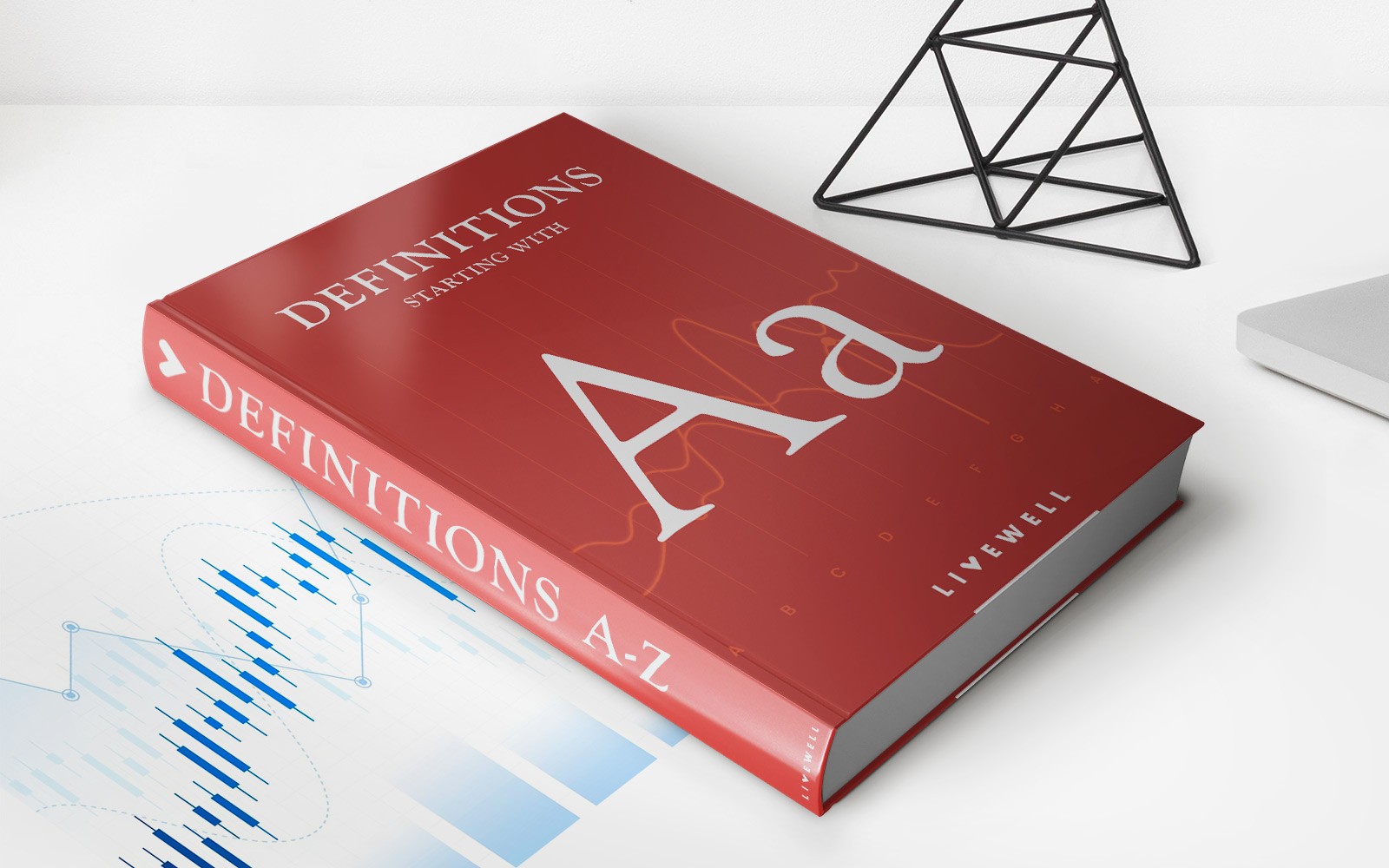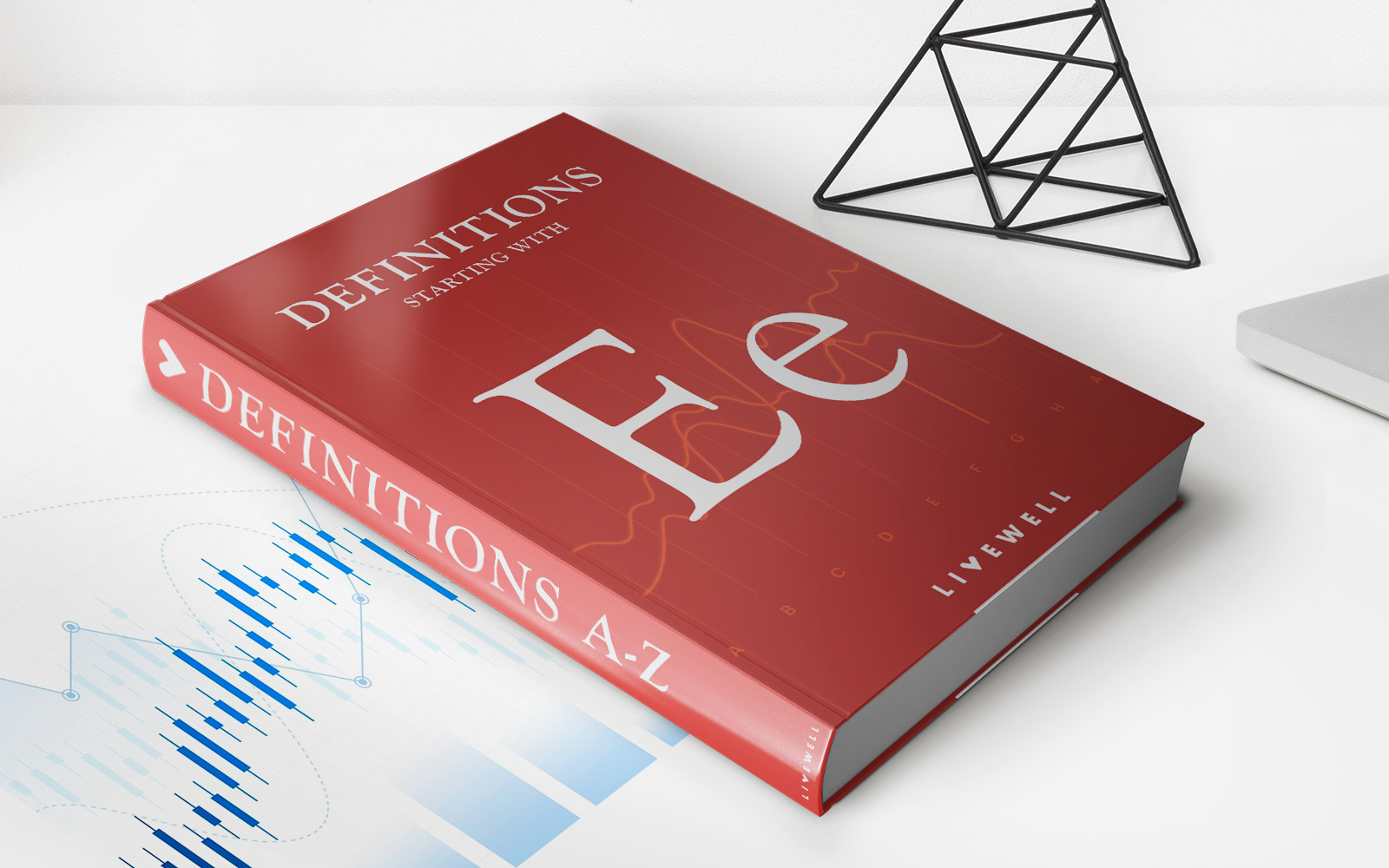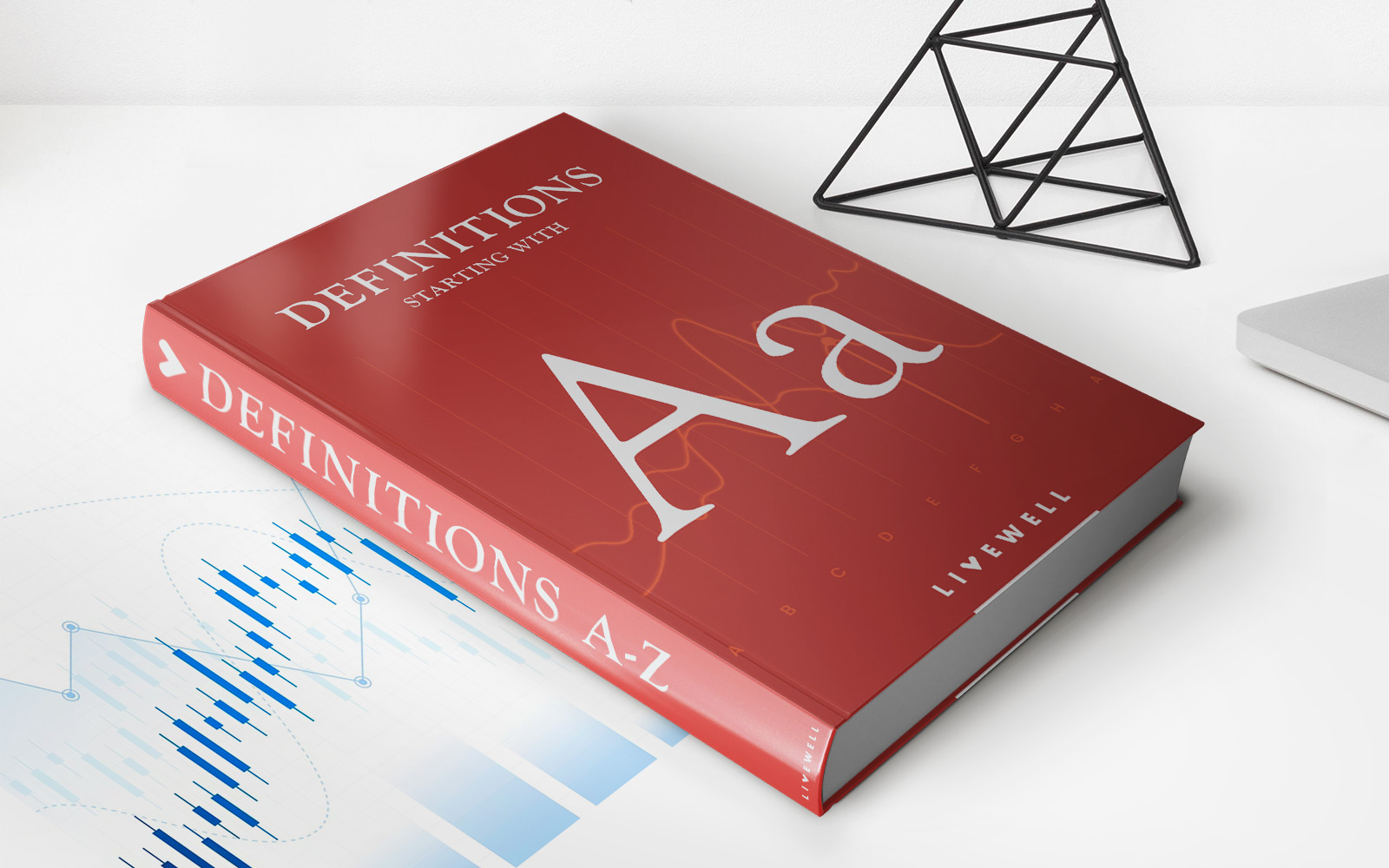

Finance
Automatic Execution Definition And Example
Published: October 11, 2023
Learn about automatic execution in finance and its examples. Understand how this process works and its significance in the financial industry.
(Many of the links in this article redirect to a specific reviewed product. Your purchase of these products through affiliate links helps to generate commission for LiveWell, at no extra cost. Learn more)
Understanding Automatic Execution: Definition and Example
Welcome to the finance category on our page! In this blog post, we’ll be delving into the intriguing world of automatic execution in finance. Have you ever wondered how trades are executed instantaneously on the financial markets? How does it all happen so seamlessly and efficiently? Well, automatic execution is the key behind it all. In this article, we’ll provide a comprehensive definition of automatic execution and offer an example to help you grasp its importance in the world of finance.
Key Takeaways:
- Automatic execution facilitates the rapid and efficient execution of trades on financial markets.
- It relies on computer algorithms that automate the entire trading process.
What is Automatic Execution?
Automatic execution, also known as “auto-execution” or “algorithmic trading,” refers to the process of electronically executing trades on financial markets with minimal human intervention. It involves the use of computer algorithms that are pre-programmed to analyze market conditions and execute buy or sell orders automatically.
The seamless and rapid nature of automatic execution is made possible through technological advancements and the availability of high-speed internet connections. Gone are the days when traders had to make frantic phone calls or manually enter orders on trading platforms. With automatic execution, trades can be executed in a matter of milliseconds, reducing the impact of market fluctuations and allowing investors to take advantage of price movements in real-time.
How Does Automatic Execution Work?
Now that we have a basic understanding of automatic execution, let’s dive into an example to illustrate how it works:
- A trader develops a trading strategy and determines the specific conditions or criteria that must be met for a trade to be executed.
- The trader then programs a computer algorithm with the predefined trading strategy and sets it to monitor the market.
- Once the algorithm detects a market condition that matches the predefined criteria, it automatically generates a buy or sell order and sends it to the exchange.
- The exchange receives the order, matches it with a corresponding counterparty, and executes the trade at the prevailing market price.
- Throughout the entire process, the algorithm continuously monitors the market, adjusting the trading strategy if necessary to exploit new opportunities or manage risks.
This example demonstrates how automatic execution eliminates the need for human intervention in the trading process. By relying on advanced algorithms, traders can execute trades quickly and consistently, without being limited by human constraints such as emotions or physical limitations.
Key Takeaways:
- Automatic execution facilitates the rapid and efficient execution of trades on financial markets.
- It relies on computer algorithms that automate the entire trading process.
So, the next time you marvel at how trades are executed in the blink of an eye on the financial markets, remember that automatic execution is the driving force behind it all. Its ability to analyze market conditions, generate orders, and execute trades within milliseconds has revolutionized the way trading is conducted in the finance industry.
We hope this article has provided you with a clear understanding of automatic execution. If you have any further questions or topics you’d like us to cover, please feel free to reach out. Happy trading!

